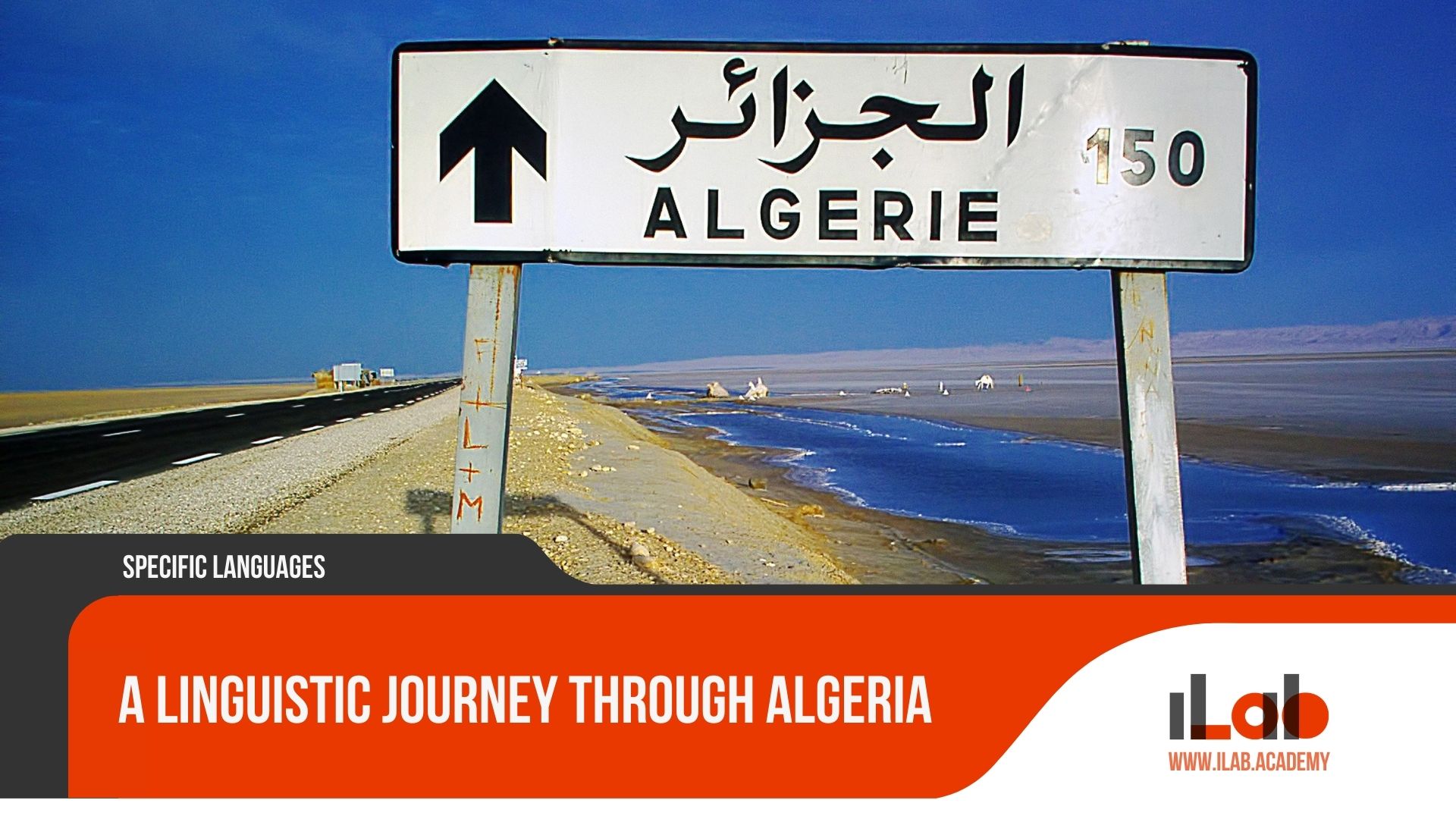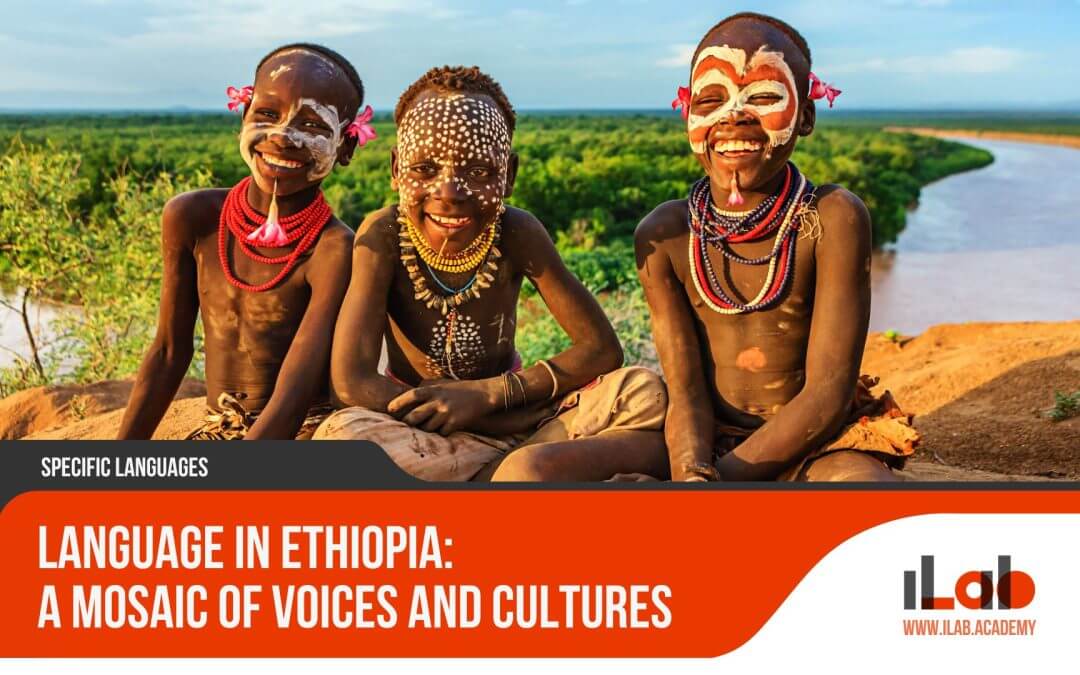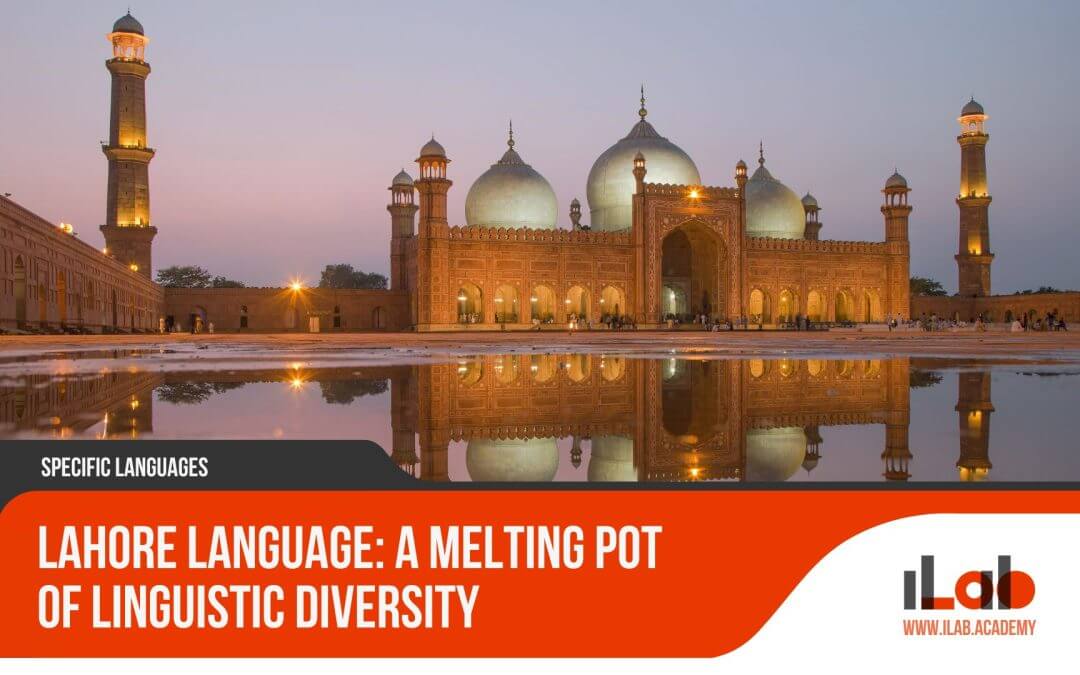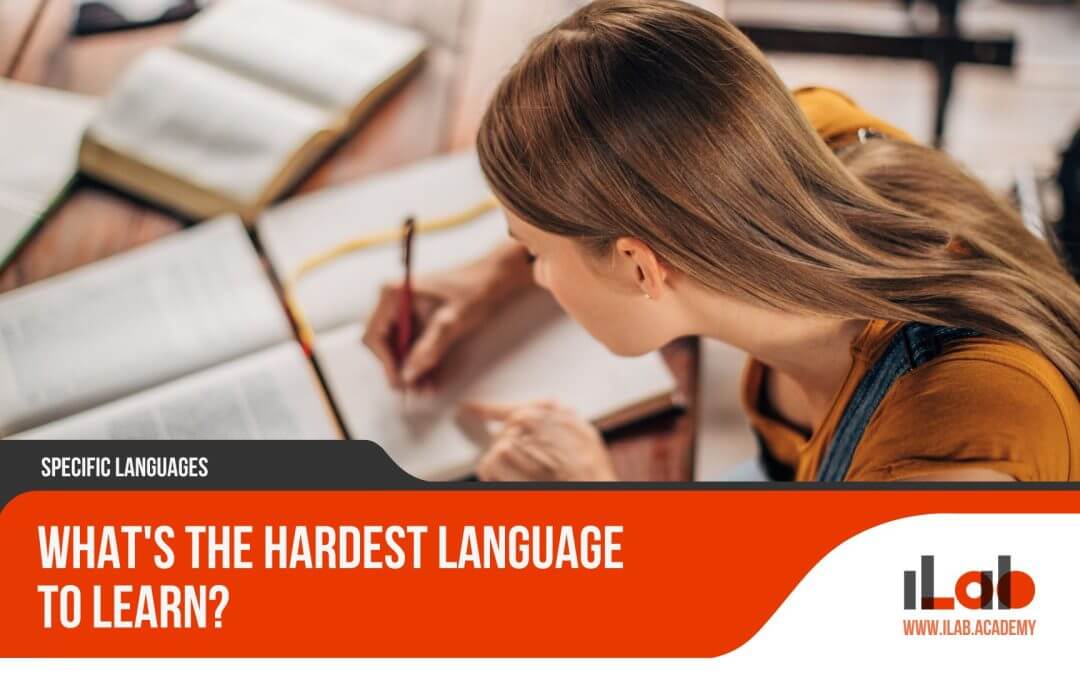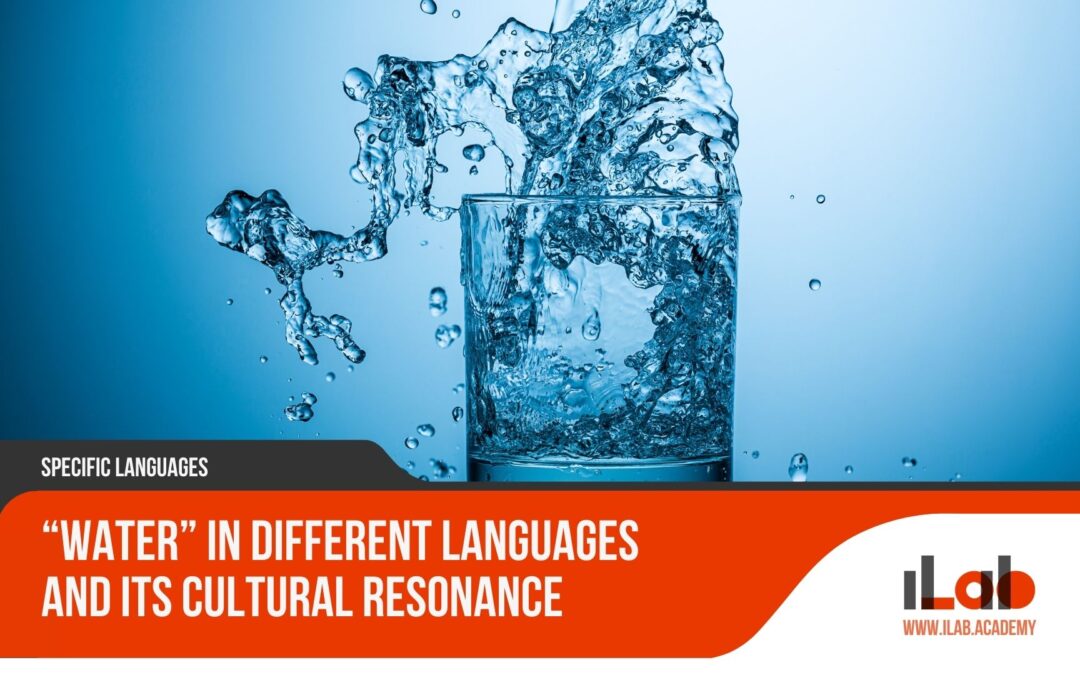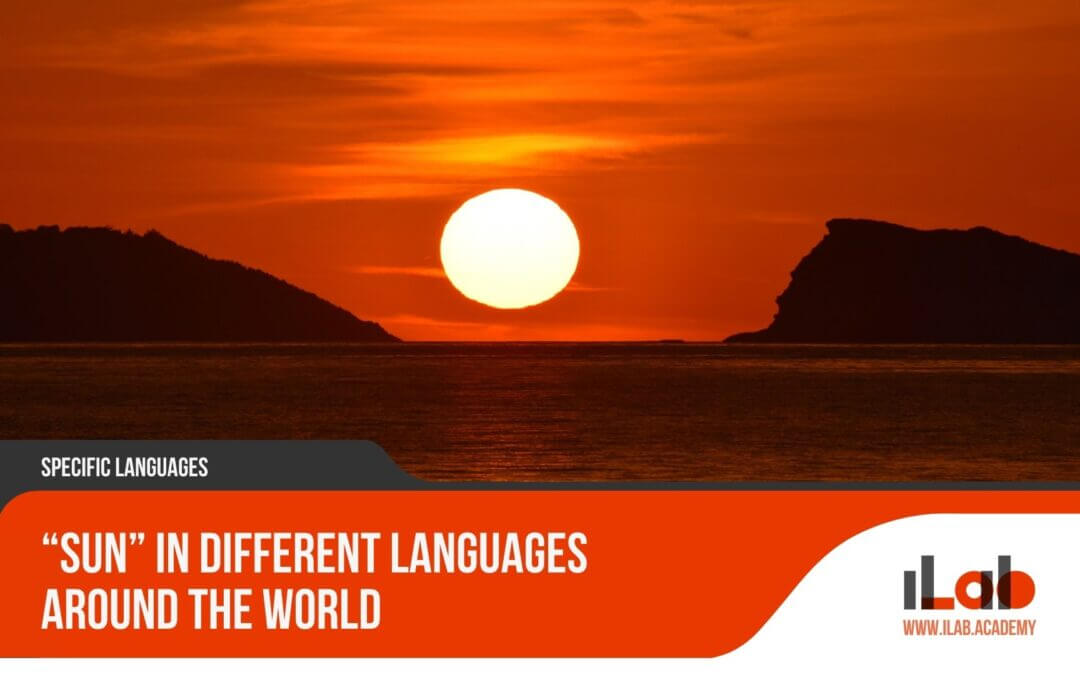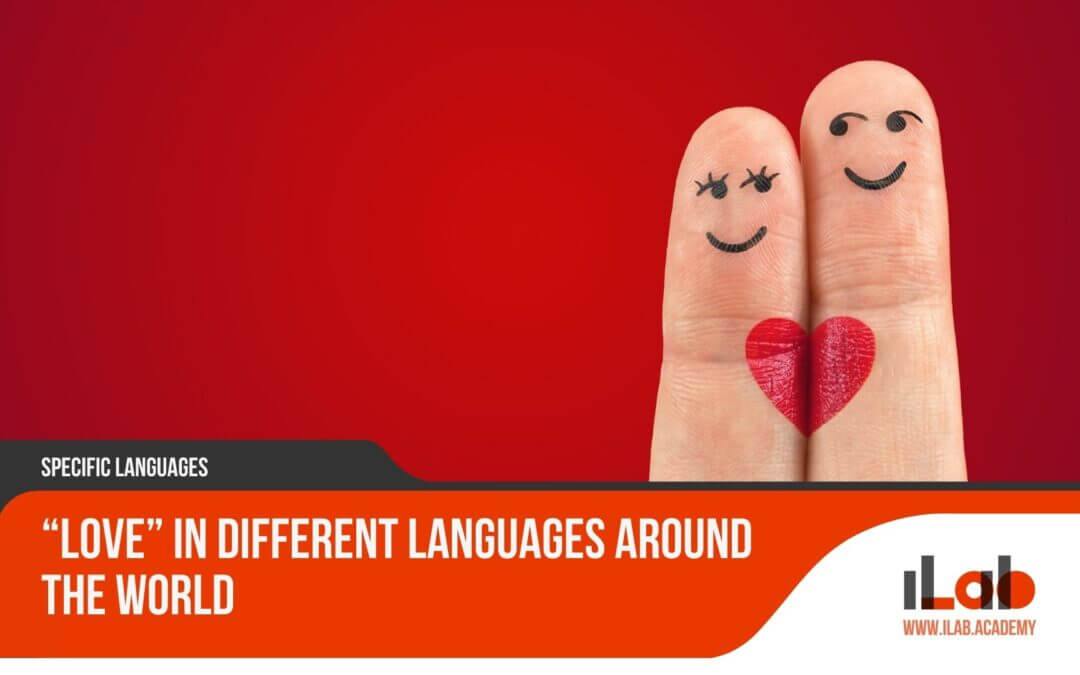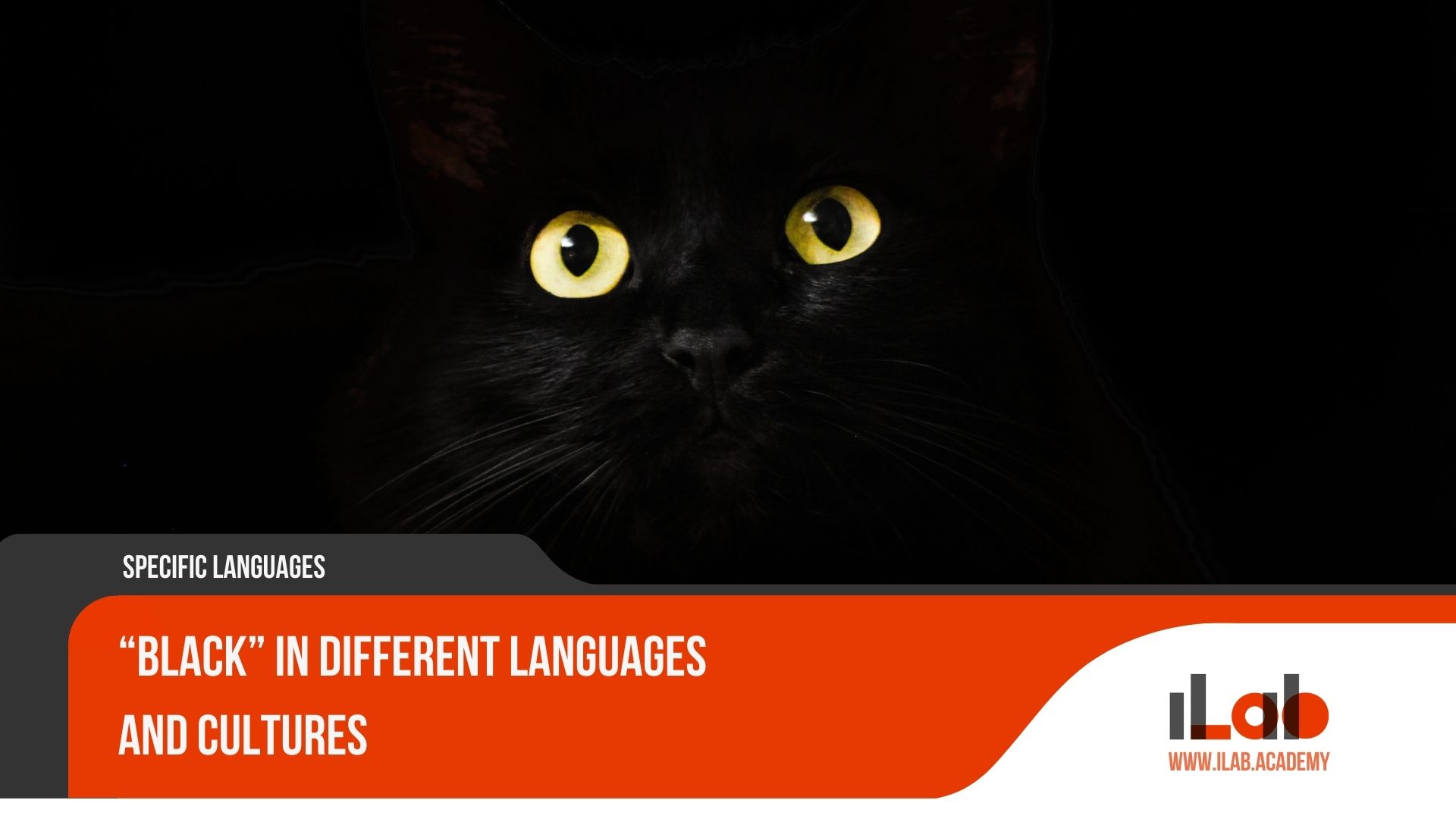Table of contents
Algeria’s linguistic landscape is as vast and varied as its geography, encompassing the Mediterranean coast, the Saharan desert, and the Atlas Mountains. This North African nation is not only a cradle of ancient civilizations but also a crossroads of languages that have interacted and evolved over millennia. The official language, Modern Standard Arabic, and the national language, Tamazight, coexist with a multitude of dialects and languages, including French, which continues to play a significant role due to historical ties. As we embark on a systematic exploration of Algeria’s linguistic diversity, we shall consider how each language and dialect contributes to the nation’s identity and social fabric. In doing so, we will uncover how language policies affect the everyday lives of Algerians and how the interplay of these languages reveals deeper insights into the country’s colonial past, its fight for independence, and its ongoing cultural evolution. The questions of how Algeria navigates its multilingual heritage and what the future holds for its languages will guide our inquiry, inviting a closer look at the forces shaping the nation’s linguistic identity.
Key Takeaways
- Algeria is linguistically diverse, with multiple official languages, recognized minority languages, and colloquial dialects coexisting within its borders.
- Arabic is widely used in Algeria, with various forms including Classical Arabic, Modern Standard Arabic, and local dialects known as Darija.
- Berber languages, such as Tamazight and Kabyle, play a significant role in the cultural identity of the Amazigh people and have experienced a resurgence in recent years.
- French has a strong presence in Algeria due to its colonial history and continues to be used in education, business, and international relations.
The Tapestry of Languages in Algeria
Algeria’s linguistic landscape is a rich mosaic, intricately composed of various languages that reflect the nation’s complex history and cultural heritage. At the heart of this mosaic are two official languages, Arabic and Tamazight, which symbolize the country’s Arab-Islamic and Amazigh (Berber) identities. Arabic, used in its Classical form in religious contexts and Modern Standard Arabic for official uses, dominates the educational and political spheres. Yet, it is the local Arabic dialects, collectively known as Darija, that resonate in the daily conversations of the Algerian people.
Tamazight, along with its variants like Kabyle, Shawiya, and Mzab-Wargla, has also gained official status, underscoring the Amazigh cultural resurgence after years of marginalization. This recognition is more than a linguistic matter; it is a restoration of identity for the Berber-speaking communities. The linguistic variety extends beyond these two pillars, with minority languages and dialects contributing to the socio-cultural fabric.
French, though not an official language, maintains a strong presence due to the historical ties from colonial times and continues to be a significant language in education, business, and diplomacy. It serves as a bridge to the global community and represents a considerable part of Algeria’s educational and cultural infrastructure.
The linguistic diversity of Algeria is further enriched by the various colloquial dialects and minority languages that reflect the movements of people and the shifts in societal values over time. Each language and dialect holds stories of the past and contributes to the collective identity of the nation. Understanding this intricate tapestry is crucial for grasping the nuances of Algeria’s national character and the complexity of its cultural dynamics.
Arabic in Algeria: Classical, Modern Standard, and Dialectal Varieties
In the linguistic landscape of Algeria, Arabic manifests in several forms, ranging from the liturgical Classical Arabic and the formal Modern Standard Arabic to a spectrum of colloquial dialects collectively known as Darija. Classical Arabic, deeply rooted in Islamic tradition, is primarily used in religious contexts and is revered for its connection to the Quran. Modern Standard Arabic (MSA), however, plays a crucial role in official settings, education, and media, serving as a lingua franca among Arabic-speaking countries.
Darija, the local vernacular, is the most widely spoken form of Arabic among Algerians in daily life. It is a dynamic amalgam of Arabic, Berber, French, and other linguistic influences reflecting Algeria’s complex history. While not formally taught in schools, Darija is an essential component of Algeria’s cultural identity, used in social interactions, local media, and artistic expressions.
The relationship between these varieties is characterized by diglossia, where MSA and Classical Arabic are used in formal and religious domains, while Darija is reserved for informal situations. This coexistence is a testament to the adaptability of language and the cultural dexterity of the Algerian people. Efforts to maintain the purity of Classical Arabic and promote MSA are balanced with a recognition of the importance of Darija in preserving Algeria’s unique linguistic heritage.
Understanding the nuances of Arabic in Algeria requires an appreciation of both its historical legacy and its modern-day applications. As the country navigates its identity in an increasingly globalized world, the roles of these Arabic forms continue to evolve, underpinning the nation’s linguistic and cultural richness.
Berber Languages: Tamazight, Kabyle, and the Amazigh Identity
While Arabic has played a significant role in shaping Algeria’s linguistic profile, the Berber languages, particularly Tamazight and Kabyle, anchor themselves firmly in the nation’s Amazigh cultural identity and continue to experience a renaissance and growing recognition. These languages, which belong to the Afro-Asiatic family, are not mere dialects but distinct tongues that reflect the diverse heritage of the Amazigh, or Berber, people. The linguistic revival of Berber languages in Algeria is a testament to their resilience and the deep-rooted connection the Amazigh population has to its ancestral culture.
Tamazight has been officially recognized as a national language in Algeria’s constitution since 2002, and as an official language alongside Arabic since a constitutional amendment in 2016. This elevation in status has galvanized efforts to preserve and standardize the language, leading to the establishment of the High Commission for Tamazight Language to oversee its promotion and integration within the educational system. Meanwhile, Kabyle, spoken predominantly in the Kabylie region, remains the most widely used Berber language in the country. It has its own cultural institutions and media outlets that contribute to its vitality and dissemination.
The resurgence of Berber languages is intertwined with the broader Amazigh identity movement, which seeks to assert the historical and cultural significance of the indigenous inhabitants of North Africa. Through language, the Amazigh people of Algeria are reclaiming a sense of pride and continuity with their past, while also forging a path towards linguistic pluralism and cultural inclusion in the future. The growing visibility of Tamazight and Kabyle in public life, from street signs to national television, signals a society embracing the full spectrum of its linguistic heritage.
French in Algeria: A Colonial Legacy and Educational Mainstay
The legacy of French colonialism indelibly shaped the linguistic landscape of Algeria, where French continues to serve as a pivotal language in education, business, and international diplomacy. Despite the end of French rule in 1962, the language has retained its prominence, bearing the complexities of history alongside its practical advantages in the modern world. French is not only a symbol of Algeria’s past but also a tool for its citizens to engage with the global community.
The sustained influence of French in Algeria can be attributed to several factors:
- Educational System: French is widely taught in schools and is often the medium of instruction in higher education, particularly in scientific and technical fields. This ensures that a significant portion of the Algerian population is bilingual, with French serving as a key component of their academic and professional development.
- Business and Economy: The Algerian economy, with its strong ties to European markets, often necessitates fluency in French for trade and commerce. Knowledge of French is seen as essential for business communication and international relations, keeping the language relevant in the corporate sector.
- International Relations: French facilitates Algeria’s diplomatic and cultural exchanges, especially within Francophone countries. It acts as a lingua franca in many international forums where Algeria participates, underlining its importance in geopolitics and global affairs.
Understanding the role of French in Algeria requires a nuanced perspective that recognizes both the shadows of colonial history and the practical realities of a globalized world. It continues to be a language of opportunity and connection, bridging Algeria with international horizons while also reflecting a complex colonial legacy.
Minority and Foreign Languages: Bridging Cultural Exchanges
Algeria’s linguistic landscape is further enriched by the presence of minority and foreign languages, which serve as vital channels for cultural exchange and reflect the country’s multifaceted identity. These languages, spoken by ethnic groups and expatriate communities, weave a rich tapestry of linguistic diversity that complements the dominant Arabic and Berber tongues.
Among the minority languages, we find Tachelhit, Mzab-Wargla, and Shawiya, each with its own unique cultural backdrop and historical significance within specific regions or communities. These languages are living emblems of Algeria’s indigenous heritage, with roots extending deep into the nation’s past. Their continued use today is a testament to the resilience of cultural traditions amid the tides of modernization and globalization.
The foreign language spectrum in Algeria is equally diverse, including languages such as Spanish, Italian, and English. These are primarily spoken within expatriate communities, business circles, and educational institutions, facilitating international dialogue and economic partnerships. English, in particular, is gaining traction as a global lingua franca and is increasingly emphasized in educational curricula to prepare Algerian youth for participation in the global economy.
As Algeria engages with the broader world, these minority and foreign languages play a crucial role in bridging cultural exchanges. They not only facilitate communication and commerce but also enrich the social fabric of the nation by introducing diverse perspectives and practices. Respecting and fostering this linguistic variety is essential for nurturing an inclusive national identity that honors both its indigenous roots and its global connections.
The Influence of Language Policy on National Identity
Language policies in Algeria have played a pivotal role in shaping the nation’s collective identity and fostering a sense of unity among its diverse population. Since gaining independence in 1962, the Algerian government has undertaken various measures to establish a cohesive national identity through the promotion of certain languages while also recognizing the country’s linguistic diversity. The interplay between language policy and national identity can be understood through the following aspects:
Promotion of Arabic and Amazigh Languages:
- Arabic, as the official national language, has been instrumental in post-colonial nation-building. It is not only a symbol of Algeria’s Islamic and Arab heritage but also a means of unifying diverse ethnic groups.
- The recognition of Tamazight, a Berber language, as a national and official language in the 2002 and 2016 constitutional amendments, respectively, was a significant step towards acknowledging the Amazigh identity and catering to the cultural diversity of Algeria.
Marginalization and Subsequent Revival of Berber Languages:
- Initial language policies post-independence marginalized Berber languages, contributing to a sense of disenfranchisement among Berber-speaking communities. However, subsequent policy shifts have aimed to rectify this, demonstrating how language policies can evolve to be more inclusive.
Language Education Policies:
- The Algerian education system reflects the government’s language policies, emphasizing the learning of Arabic and, more recently, Amazigh languages. The inclusion of French, although indicative of colonial history, also shows Algeria’s openness to incorporating international languages for educational and economic benefits.
The implementation of these policies underscores the government’s recognition of the role language plays in shaping national identity. By balancing the promotion of a unifying national language with the protection of linguistic diversity, Algeria’s language policies strive to create a cohesive yet inclusive national narrative.
Preserving Linguistic Heritage and Promoting Multilingualism
Efforts to safeguard the linguistic heritage of lesser-known languages in Algeria are gaining momentum, amidst initiatives aimed at fostering a multilingual society. Recognizing the cultural richness that these languages represent, the Algerian government, alongside various cultural organizations, has been proactive in creating policies and programs that not only protect but also encourage the practice and transmission of a wide array of linguistic traditions.
To paint a clearer picture of these efforts, a summarized overview is provided in the following table:
| Initiative Type | Description |
|---|---|
| Legal Framework | Constitutional recognition of Tamazight as a national and official language, alongside Arabic. |
| Educational Policy | Inclusion of Tamazight in the curriculum to promote its use among younger generations. |
| Cultural Promotion | State-supported cultural events and media that showcase the diversity of local languages. |
| Research and Documentation | Projects dedicated to the documentation and study of Algeria’s linguistic heritage. |
| International Collaboration | Partnerships with global institutions to support multilingualism and linguistic diversity. |
Such measures are essential for creating an environment where languages can thrive and evolve. In the context of Algeria, a nation with a complex colonial history and a rich tapestry of ethnic identities, preserving linguistic diversity is not only about maintaining cultural heritage but also about ensuring social cohesion and mutual respect among different communities.
The focus on multilingualism also has practical implications, as it allows for greater inclusivity in governance, education, and public life. By embracing multiple languages, Algeria strengthens its identity and opens up new avenues for communication and understanding within its borders and beyond.
Language Education and the Algerian Youth
As the Algerian youth navigate through a multilingual educational landscape, their language choices and learning attitudes are becoming pivotal in shaping the country’s linguistic future. The educational system in Algeria reflects the country’s complex linguistic identity, offering instruction in Arabic, which is the official language, as well as in Tamazight, a national language, and in French, a legacy of colonial history that still plays an important role in higher education and international business.
The language education policy in Algeria aims to balance the promotion of the national language, Arabic, with the need to preserve the Amazigh languages and to maintain French as a language of global communication. This policy has a direct impact on the youth, who must navigate this multilingualism from an early age. Here are three key points regarding the current state of language education for Algerian youth:
- Arabic and Tamazight in Schools: Arabic remains the primary language of instruction, with recent efforts increasing to integrate Tamazight into the curriculum in regions with significant Berber-speaking populations.
- French as a Second Language: French continues to be widely taught as a second language, and its mastery often correlates with academic success and better job prospects, especially in urban areas and among the middle and upper classes.
- Attitudes Towards Multilingualism: Young Algerians generally exhibit positive attitudes towards multilingualism, recognizing the social, cultural, and economic benefits of language diversity. However, this enthusiasm varies based on regional and socio-economic factors.
Language education in Algeria is thus not just about imparting communication skills but also about fostering a sense of identity and national cohesion. The youth’s engagement with multiple languages will undoubtedly influence Algeria’s linguistic trajectory and its place in an interconnected world.
The Future of Languages in Algeria: Emerging Trends and Predictions
Building on the proactive engagement of Algerian youth with multiple languages, it is crucial to explore how emerging trends and technological advances may shape the linguistic future of the nation. As Algeria continues to navigate the waters of globalization, the interplay between cultural preservation and technological innovation will likely influence language dynamics significantly.
Globalization has already fostered a milieu in which English is increasingly seen as a key to international commerce, higher education, and online communication. As a result, there is a growing inclination among Algerian youth to learn and use English, potentially positioning it as a notable player in Algeria’s linguistic tapestry. This trend may lead to a trilingual paradigm, where Arabic and Berber languages coexist with an ever-present English influence.
Technological advances, particularly in digital communication and artificial intelligence, are poised to affect language use and learning. The proliferation of online platforms facilitates exposure to diverse languages and cultures, while language learning apps make it easier to acquire new languages. Moreover, translation technologies could diminish language barriers, fostering a more interconnected Algerian society.
However, these trends also raise questions about language preservation. The vitality of Berber languages like Tamazight and Kabyle may hinge on sustained institutional support and the integration of modern technologies in their propagation. The Algerian government’s role in crafting policies that balance modernization with cultural preservation will be pivotal.
Frequently Asked Questions
How Have Digital Communication Platforms Influenced the Use of Local Dialects Among Algerian Internet Users?
Digital communication platforms have significantly influenced the use of local Algerian dialects. They facilitate the widespread sharing of colloquial speech, allowing for informal language variations to gain prominence among internet users. This has contributed to the preservation and evolution of dialects, as online interactions often mirror everyday conversational language, thus reinforcing the use of regional vernaculars within the digital sphere among Algeria’s connected populations.
What Role Does Algerian Literature Play in Preserving and Promoting the Country’s Linguistic Diversity?
Algerian literature serves as a crucial vehicle for preserving and promoting linguistic diversity, capturing the essence of the nation’s multiple languages and dialects. It enriches cultural discourse and fosters appreciation for linguistic heritage among readers. Literary works act as repositories and reflectors of language, ensuring that the idiomatic and cultural nuances of Algeria’s tongues are maintained and celebrated, thus contributing to the broader linguistic mosaic within the country.
Are There Specific Initiatives or Programs in Algeria Aimed at Facilitating Language Exchange Among Speakers of Different Languages Within the Country?
In Algeria, specific initiatives, such as cultural festivals, educational programs, and language courses, are designed to facilitate language exchange among diverse linguistic groups. These programs aim to promote understanding and foster communication between speakers of different languages, thereby enhancing social cohesion and cultural exchange. They reflect the government’s and civil society’s recognition of the importance of multilingualism in the nation’s unity and cultural richness.
How Do Multilingual Algerians Navigate Code-Switching in Their Daily Lives, Especially in Urban Versus Rural Settings?
Multilingual Algerians commonly practice code-switching, the fluid alternation between languages, as part of their daily communication. This linguistic agility is more pronounced in urban areas, where diverse linguistic interactions are frequent due to higher population density and modern influences. In contrast, rural settings often display greater language homogeneity, which may limit the necessity and frequency of code-switching. Nevertheless, the cultural tapestry of Algeria informs these multilingual dynamics across different settings.
What Impact Have International Businesses and Tourism Had on the Language Preferences and Practices in Algeria’s Service Sectors?
International businesses and tourism in Algeria have influenced language preferences within service sectors, promoting the use of French and English due to their global significance. This shift aims to accommodate international communication and economic activity, leading to a pragmatic bilingualism in urban areas, particularly within hospitality, commerce, and corporate settings. Consequently, service industry professionals often prioritize these languages to enhance Algeria’s global integration and economic growth.
Conclusion
In conclusion, Algeria’s linguistic tapestry is a reflection of its complex history and dynamic present. The interplay of Arabic, Berber languages, and French, alongside minority and foreign languages, shapes the nation’s identity and societal cohesion. Language policies and educational practices play pivotal roles in preserving this heritage while embracing multilingualism. As Algeria moves forward, it must balance the preservation of linguistic traditions with the adaptation to global influences, ensuring that its cultural and linguistic diversity continues to thrive.

